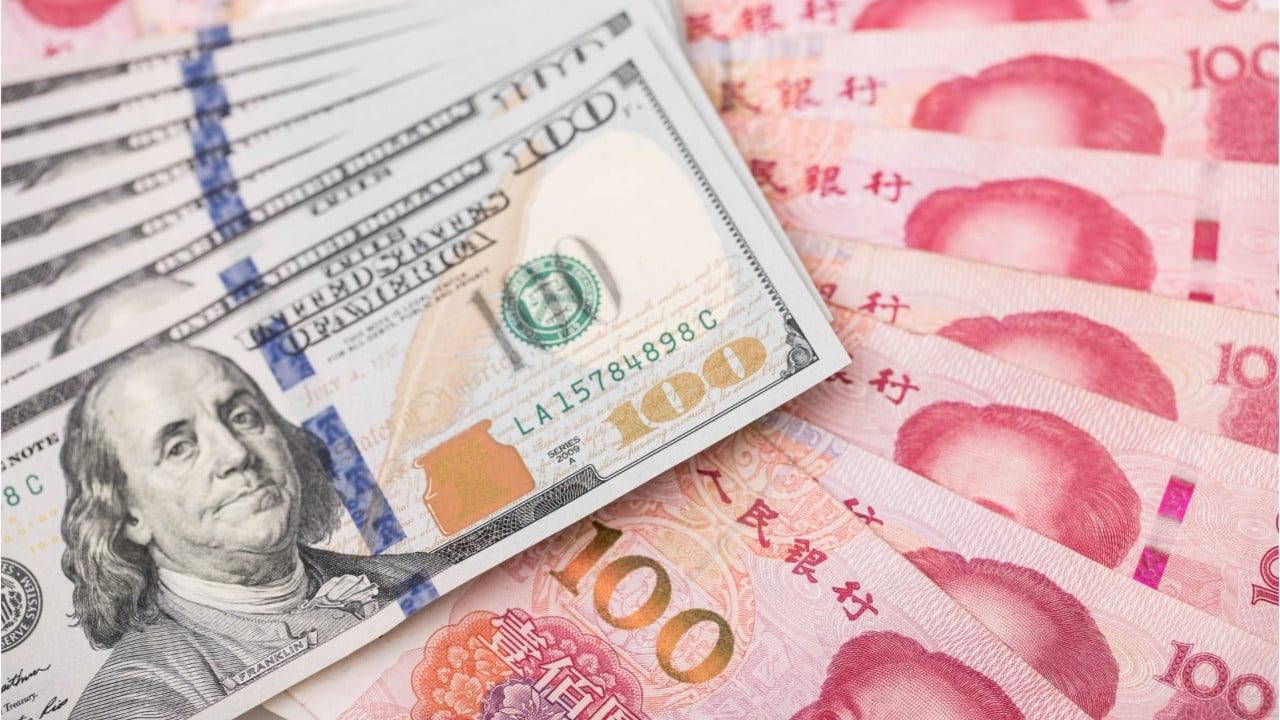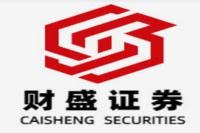Unlocking Global Growth: How China's Trade-in Stimulus Boosts Foreign Investment (Meta Description: China's trade-in stimulus, foreign investment, consumer spending, automotive sales, appliance sales, economic growth, policy impact, foreign brands)
Wow! China's trade-in program isn't just a domestic success story; it's a powerful engine driving global economic growth, particularly for foreign investors. This isn't some fly-by-night scheme; we're talking about a meticulously crafted policy that's injecting significant life into the Chinese consumer market and, by extension, the global economy. Think surging sales figures, revitalized brands, and a significant boost to foreign investment confidence. This isn't just about numbers on a spreadsheet; it's about real people buying real products, bolstering confidence, and creating jobs both domestically and internationally. We’ll delve deep into the data, analyze the impact, and uncover the untold story of how this seemingly simple policy is creating waves across the international business landscape. Prepare to be amazed by the sheer scale of its success and the ingenious strategy behind it. This isn't just an economic report; it's a fascinating case study in smart policy-making, proving that even seemingly small changes can have enormous ripple effects. Get ready to discover how China's trade-in program is reshaping global commerce, one exchange at a time. It’s a game-changer, and we're here to break down exactly why.
China's Trade-in Stimulus: A Boon for Foreign Investment
The numbers speak volumes. China's "trade-in" or "old-for-new" initiative, focusing on automobiles and appliances, isn't just stimulating domestic consumption; it's a major win for foreign businesses. The policy, implemented with an emphasis on openness and equal opportunity, has seen foreign brands capture a significant share of the resulting boom. It's a testament to the government's commitment to a level playing field and a clear signal to global investors that China is open for business – and rewarding those who participate.
This isn't just a feel-good story; it's backed by hard data. The surge in sales of both cars and appliances is undeniable. Let's dissect the key findings:
Automotive Sector:
-
Significant Market Share: Foreign automakers are grabbing a substantial chunk of the trade-in market. The fact that foreign brands account for over 35% of new car sales resulting from the trade-in program underscores the program's effectiveness in attracting international investment. This isn't a minor detail; it's a major shift in market dynamics.
-
Sales Surge: The reported month-over-month growth rates (15.5% in September and 4.1% in October for ten major foreign automakers) are impressive. This indicates a sustained positive impact, not just a temporary blip. This sustained growth proves the policy’s long-term effectiveness and the confidence it’s instilled in foreign investors.
-
Confidence Booster: For foreign automakers, this isn't just about immediate sales. It's about solidifying their presence in a crucial market, gaining valuable market share, and building confidence for future investments. The consistent positive growth numbers demonstrate the success of this strategy.
Appliance Sector:
-
Broader Impact: The trade-in program's influence extends beyond automobiles. Foreign brands hold over 16% of the market share in the eight major appliance categories benefiting from the initiative. This demonstrates the policy’s wide-ranging effects and its ability to stimulate growth across multiple sectors.
-
Online and Offline Growth: The reported growth rates of approximately 31% online and 49% offline (according to third-party data) are truly remarkable. This showcases the program's effectiveness regardless of the sales channels, suggesting a truly comprehensive and impactful policy. This indicates a strong and consistent impact across different consumer segments.
-
Long-Term Sustainability: The sustained growth across both online and offline channels indicates the long-term viability of the policy and its potential for ongoing success in stimulating growth across various distribution channels and consumer preferences.
This isn't just about sales figures; it’s about a broader strategic approach. China’s trade-in program has cleverly woven together environmental considerations (encouraging responsible disposal of old products) with economic stimulus, creating a win-win scenario for both consumers and businesses. It's a masterclass in policy design.
The Policy's Impact: Beyond the Numbers
The success of the trade-in program extends far beyond the impressive sales figures. It signifies several key aspects:
-
Enhanced Consumer Confidence: The program has demonstrably boosted consumer confidence, encouraging spending and contributing to overall economic growth. People feel more confident in making larger purchases, knowing they can trade in their old items to offset the cost.
-
Foreign Investment Attraction: The program acts as a powerful magnet for foreign investment, showcasing China's commitment to a fair and open market. This is crucial for maintaining economic growth and fostering international collaboration.
-
Sustainable Economic Growth: Instead of relying solely on exports, this policy stimulates domestic consumption, creating a more balanced and sustainable economic model. This reduces reliance on external factors and strengthens the domestic economy.
-
Technological Advancement: The increased sales drive innovation and competition, stimulating technological upgrades across both manufacturing and retail sectors. This leads to better products and more efficient processes for both domestic and foreign brands.
Analyzing the Success: Key Elements
Several key factors contribute to the remarkable success of the trade-in program:
-
Transparency and Equal Access: The government's commitment to providing equal opportunities for both domestic and foreign businesses is crucial. This fosters a climate of trust and encourages continued investment.
-
Effective Implementation: The program's smooth and efficient execution has played a significant role in its success. A well-organized and well-managed program helps to ensure its widespread impact and effectiveness.
-
Targeted Support: The program's focus on specific sectors (automobiles and appliances) allows for a more targeted impact, maximizing the effectiveness of the stimulus. This targeted approach ensures that resources are allocated efficiently to achieve the desired outcome.
-
Data-Driven Approach: The government's reliance on data-driven decisions ensures that policy adjustments are made efficiently and effectively, maximizing the program's overall impact. A data-driven approach allows for continuous improvement and optimization of the policy.
Frequently Asked Questions (FAQs)
-
Q: How long will this trade-in program last? A: The duration isn't explicitly defined, but the continued success suggests it's likely to remain in place, or at least undergo modifications based on data and market performance.
-
Q: Are there any restrictions on participating brands? A: While initially focused on major brands, the program aims for inclusivity, gradually broadening participation based on performance and market needs.
-
Q: What about the environmental impact of this program? A: The program promotes responsible disposal of old products, addressing environmental concerns and aligning with sustainability goals.
-
Q: How is the success of the program measured? A: Key performance indicators (KPIs) include sales growth, market share gains for foreign brands, and overall consumer spending.
-
Q: What are the potential challenges to the program's continued success? A: Potential challenges could include shifts in consumer behavior, global economic fluctuations, and the need for ongoing policy adjustments.
-
Q: Can other countries learn from China's trade-in program? A: Absolutely! The program serves as a valuable case study for other governments seeking to stimulate domestic consumption and attract foreign investment. The key is adaptation to local market conditions.
Conclusion
China's trade-in program isn't just a domestic policy; it's a global success story. Its impact on foreign investment, consumer confidence, and overall economic growth is undeniable. By creating a level playing field and fostering a climate of trust, China has demonstrated the power of strategic policy-making in driving both domestic prosperity and international cooperation. The program’s success offers valuable lessons for other nations grappling with similar economic challenges, proving that innovative policy can indeed unlock significant growth opportunities. This isn't just about numbers; it’s about a visionary approach to economic growth that's clearly paying off. The future looks bright, both for China and the global businesses benefiting from this shrewd economic initiative.



